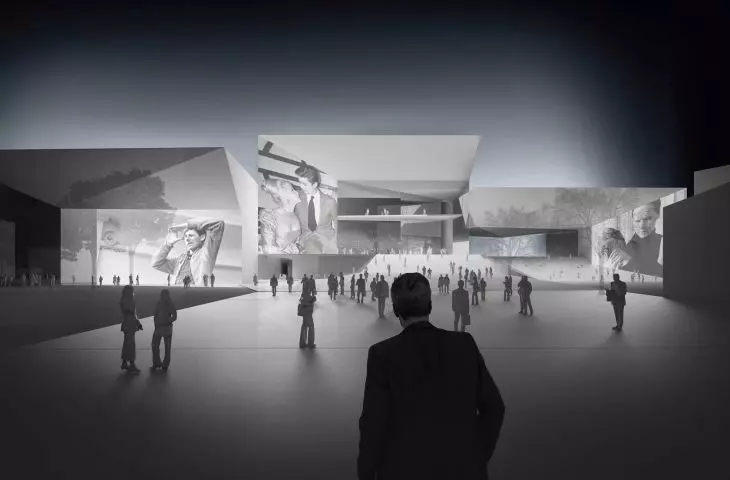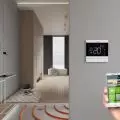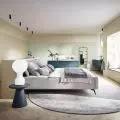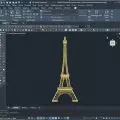"The boundaries of a frame are often more interesting than its center, " in the words of Luciano Tovoli, Italian cinematographer, the team of architects from Krakow's nsMoonStudio studio (composed of: Piotr Nawara, Katarzyna Dendura, Michał Marcinkowski, Bartosz Puchalski, Stanisław Borys, Aneta Kozińska, Julia Kawa and Katarzyna Koterba) introduces the details of the competition project for the headquarters of the CAMERIMAGE European Film Center in Toruń.



bird's eye view
© nsMoonStudio
The language of film became a priority for the designers - the question the architects started with in the design process was not so much about the architecture itself, but about capturing the idea of a film camera capturing images, creating, in their own words, a "framing machine."
Every story begins with a person, an observer, a creator. This person can participate passively or actively in the scenario, be an extra, an actor, a director or a cinematographer. Our protagonist takes on the role of a cinematographer, who walks around the set and looks for the right frames. At first, his conscious eyes, which look through a frame created from his hands framing the surroundings, suffice. He selects the most important shots, creates compositions, and rejects what is irrelevant, the architects explain their vision.



solid shaping scheme
© nsMoonStudio
So, as if in a movie script, the designers arranged a sequence of frames - a total one, showing a panorama of the historic part of the city, a closer one, focused on the park area surrounding the site, a distant one, pointing to the urban dominants, a full one leading the eye to the monument standing in the park and a fixed one, cutting out a fragment of the changing scenery of Toruń.



obtained cadres
© nsMoonStudio
These carefully selected shots in space were inscribed into a cuboid with a 16:9 base, further determined the walls in screen (4:3) and panoramic dimensions, and finally determined the mentioned frames, which defined the final appearance of the dismembered solid. The four parts of the building thus obtained correspond to the division of the functional program - the space-dominant, central block houses the main Festival Center (the building is 30 meters high) with the main hall, which is decorated with a mirror wall reflecting the silhouette of the city, and the other, lower ones - the Cinema House, Market, Education Center and Studio (20 meters high).



projections of piano nobile and level +9
© nsMoonStudio
Each of the obtained spaces can function independently or together, forming a single premise. The whole creates an open-closed composition full of places that the user, like a cinematographer inspiring the creators, can explore independently in search of the best frames. There are three roads leading to the complex - a representative promenade and festival stairs to the east, a plaza connecting the facility to the park to the southwest, and the last one, running straight to the Cinema House and Education Center, delineated from the northwest.


 .
.
"framing machine"
© nsMoonStudio
The result is a building composed of shots, framing the surrounding ECFC space, in which, as the project's authors explain, the walls are the screens, the floors are the stage, and the users are the actors.
Our protagonist's vision materialized into a framing machine, a multimedia space composed of screens, projections, multimedia walls. The building connects the Festival Center with the surrounding neighborhood, creates a dialogue with the city. The fragments of the city, closed by the frame of frames, are included in the composition of the Camerimage building. The created traffic routes, squares have been connected to the city's transportation system, creating a cultural center of Toruń. This allows everyone to choose a path, one of many scenarios, which they will follow from a given place in the city towards the ECFC. Our protagonist can now, using the ready-made scenery, record his film composed of individual scenes," the designers continue the story.



entrance to the building
© nsMoonStudio
To achieve a smooth, as neutral as possible surface on the facades that serve as screens, the architects opted for bright colors. They also took care of hiding light sources and the ability to control the color of the lighting, an advanced utility-saving system, photovoltaic panels, an energy-efficient ventilation system, sewage systems and ground-source heat pumps, and introduced greenery on the roofs that does not require additional watering.
compiled by: Ola Kloc









































